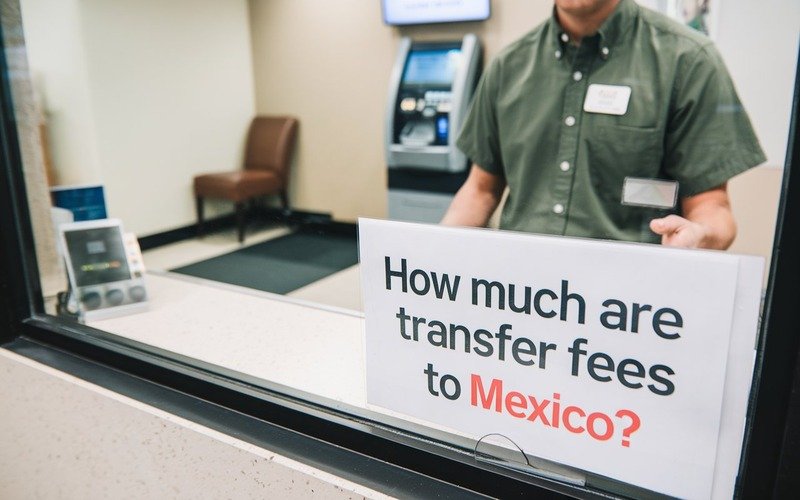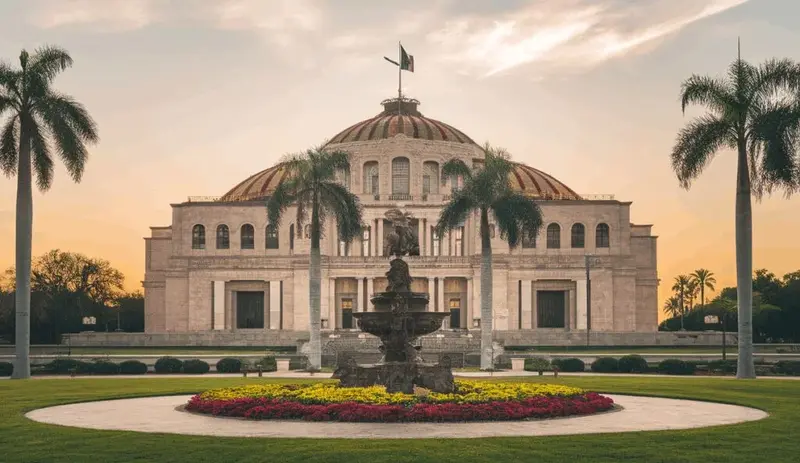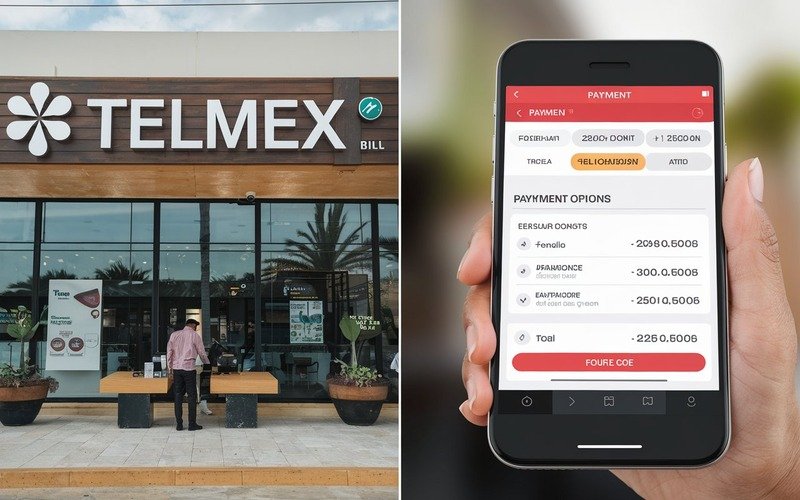
Ever tried sending money to Mexico and felt like your bank was basically robbing you? Between wire transfer fees, terrible exchange rates, and hidden charges, moving money across the border can feel like throwing cash out the window.
After years of helping property owners and expats navigate Mexican banking, I’m going to break down exactly how to send money without getting gouged. Whether you’re paying property bills, supporting family, or managing investments, there are smarter ways to transfer funds.
Why Bank Transfers Are Bleeding Your Wallet?
Those who send money from one nation to another have to pay a pretty penny to do it-thanks mainly to the large international banks that dominate the global system.
Over the past several decades, these financial behemoths have more or less set the prices and terms for international money transfers, which has made the whole business seem more or less like a racket.
A common transaction of an international bank transfer can cost anywhere from $35 to $50-or more-for the transfer itself.
On top of that, you can expect the foreign exchange service to add another 2 to 5 percent of your total transfer amount (the part of your money that’s meant to end up in the hands of the person you’re sending it to). If you’re sending $1,000 and using a standard bank transfer, you’re probably losing about $600 to $1,000 every year as a direct result of those service fees.
Years ago, I sent $5,000 to a relative in Guadalajara. By the time the transfer was completed, nearly $350 had disappeared in poor exchange rates and fees. That moment became my wake-up call to find much smarter solutions.
The Best Money Transfer Methods in 2025
How we move money across borders has been transformed by online transfer services. Wise (formerly TransferWise) and Remitly, for instance, provide not just lower fees but also much clearer pricing than traditional banks.
Effective strategies adopted by local Mexican banks can also be incredibly effective. Certain banks, such as Bancomer and Santander, have formed partnerships that help lower the costs of sending money internationally. The essential thing is to understand each bank’s specific programs and requirements.
Here is a rapid juxtaposition of methods for transferring money:
• Legacy Bank: the highest fees; the slowest transfer
• Online Services: the lowest fees; the fastest transfer
• Local Banking Partnerships: moderate fees; reliable service
You May Be Interested In: How To Avoid High Fees For Mexican Property Management?
Hidden Fees Most People Never See
The hidden cost that most people fail to notice is the markup on exchange rates. When you go to a bank and ask for foreign currency, you’re not given the actual, so-called “market rate.” Instead, you are given a rate that’s 2% to 3% lower. In other words, the bank makes money by not giving you the rate you thought you were getting.
Hidden costs can be incurred from intermediary banks that are involved in the international money transfer process. These “middle-man” financial institutions may deduct small amounts from your transferred sum, which then translates into even smaller amounts when your transfer finally arrives at its end destination—whether you’re sending money to Cabo, Mexico, or elsewhere.
Pro tip: Before finishing any transfer, always inquire about the precise “all-in” cost. Being transparent is your best safeguard against unforeseen fees.
Pro Tips from a Transfer Veteran
When you send money makes a huge impact on how much you end up saving. Currency markets are constantly in flux, and keeping an eye on exchange rates can lead to some substantial savings. I suggest using services that alert you to when it’s a good time to make your transfer.
Technology works for you. The real-time tracking provided by services such as Wise is available through mobile apps, of course. But what these apps also offer—and what makes them true allies in your international financial dealings—is user-friendly design. These are better than what traditional banking channels can offer.
One insider trick is that certain services provide more favorable rates when sending larger transfer amounts. If it is feasible, attempt to combine several smaller transfers into a smaller number of larger transactions in order to reduce the total fees you will incur.
Final Thoughts
International money transfers don’t have to be expensive or difficult. By grasping the current environment and using up-to-date transfer technologies, you can save money—quite a bit of it, in fact. And over the course of the year, those savings can add up to hundreds, if not thousands, of dollars.
Always conduct your research, contrast several services, and don’t hesitate to question them. You’ll be doing your wallet a favor.
By understanding these strategies, you can save significant money on international transfers. Take action now, consult with a transfer specialist, and start making smarter financial decisions when sending money to Mexico.





